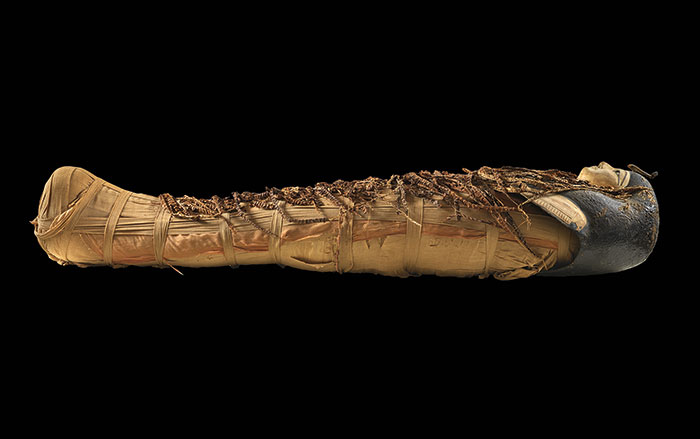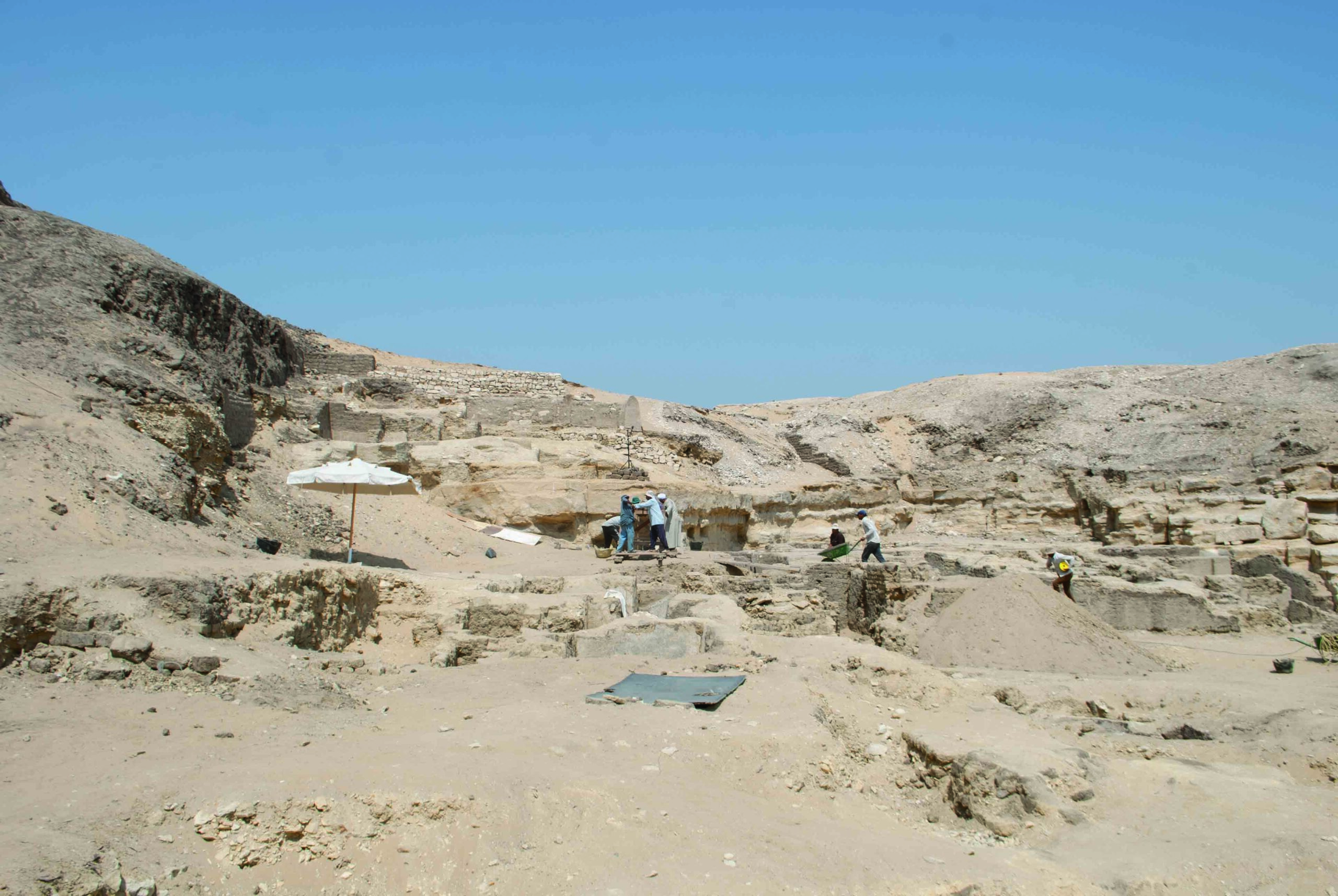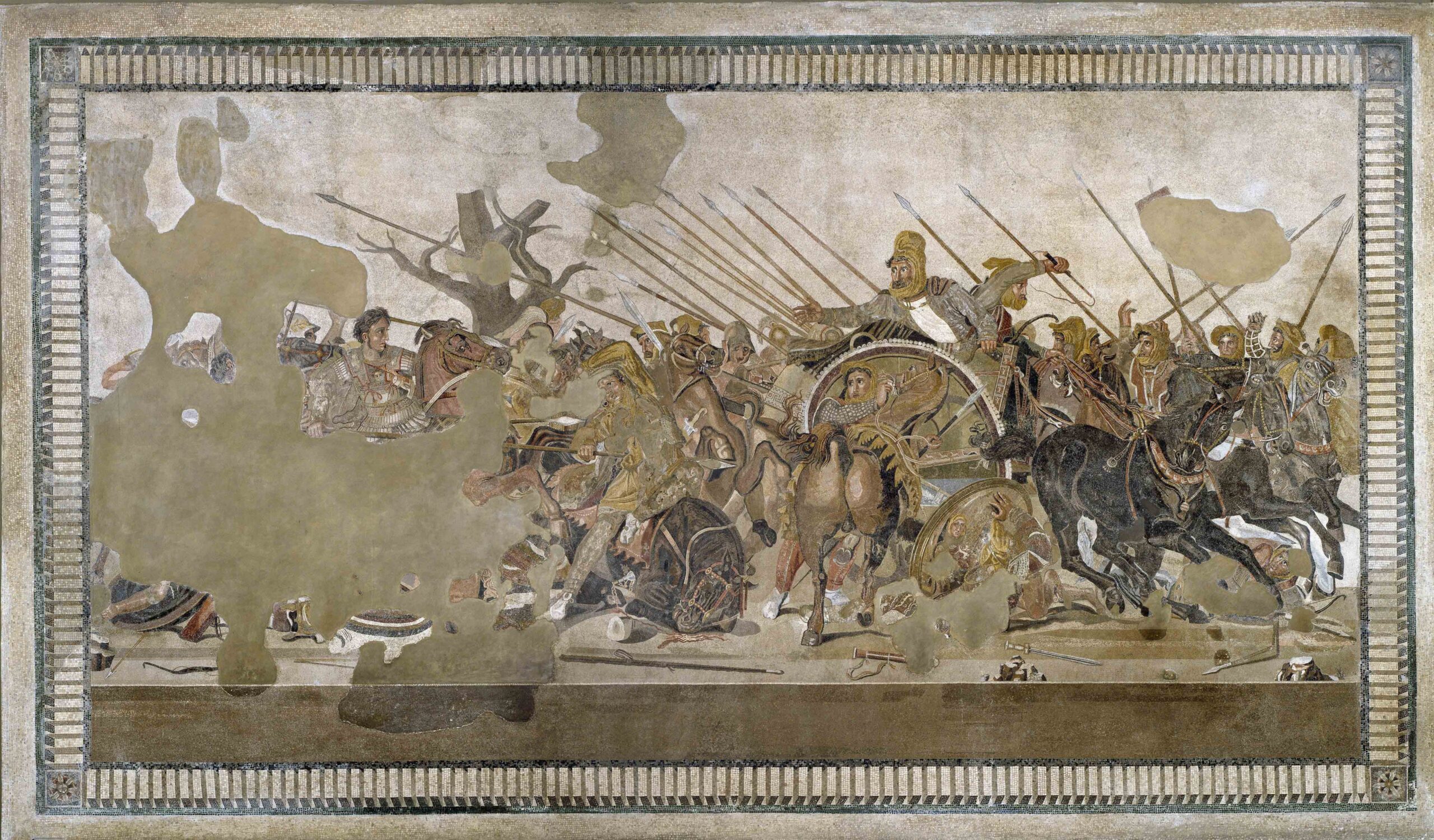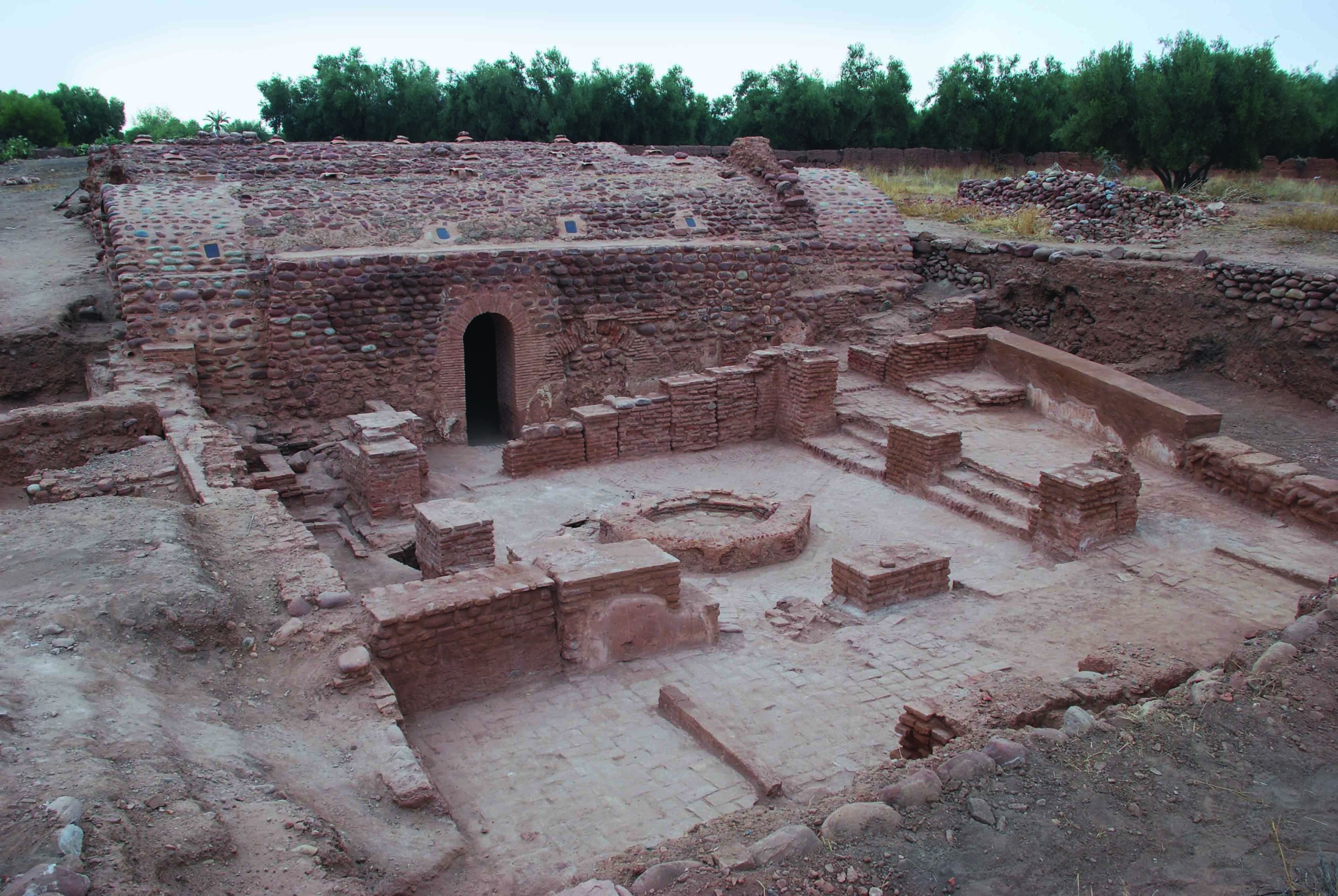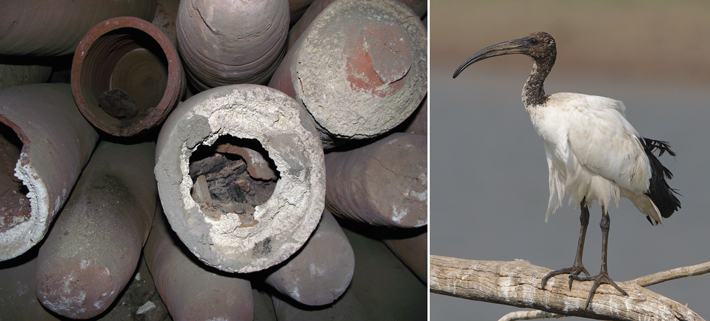
The ibis, with its brilliant white feathers and narrow, curved beak, was the sacred bird of Thoth, the ancient Egyptian god of wisdom and writing. Beginning about 600 B.C., ibises were frequently mummified and given as sacrifices to the god. “Pilgrims would offer an ibis mummy to Thoth on his feast day either to ask for a wish to be granted or to thank him,” says archaeologist Sally Wasef of Griffith University. At the peak of this practice, upwards of 10,000 ibises were sacrificed every year, a number so large that some scholars have proposed that the birds must have been bred in centralized farms to meet the demand. Although more than four million ibis mummies have been found at the site of Tuna el-Gebel, which lies on the Nile River about 170 miles south of Cairo, no massive ibis breeding facility has ever been located. This has raised the question of whether such installations actually existed. An international team of researchers recently conducted a study of genomes from 14 ibis mummies dating to 2,500 years ago, and found a surprising degree of genetic diversity. The ancient birds were nearly as diverse as the modern population, which inhabits most of Africa. The researchers suggest that the ibises sacrificed by ancient Egyptians were probably imported from across the continent.




